
Infrastructure for Developing and Testing Autonomous Vehicles
The Scuola Superiore Sant’Anna is realizing a road track for the development and validation of intelligent self-driving vehicles, with the aim of supporting the mobility of people with disabilities. The road track, operational by the end of 2024, will be built on a land in the Ospedaletto area, in Pisa, granted on free loan by the Municipality of Pisa, which decided to invest in this topic to encourage research in mobility for the cities of the future.
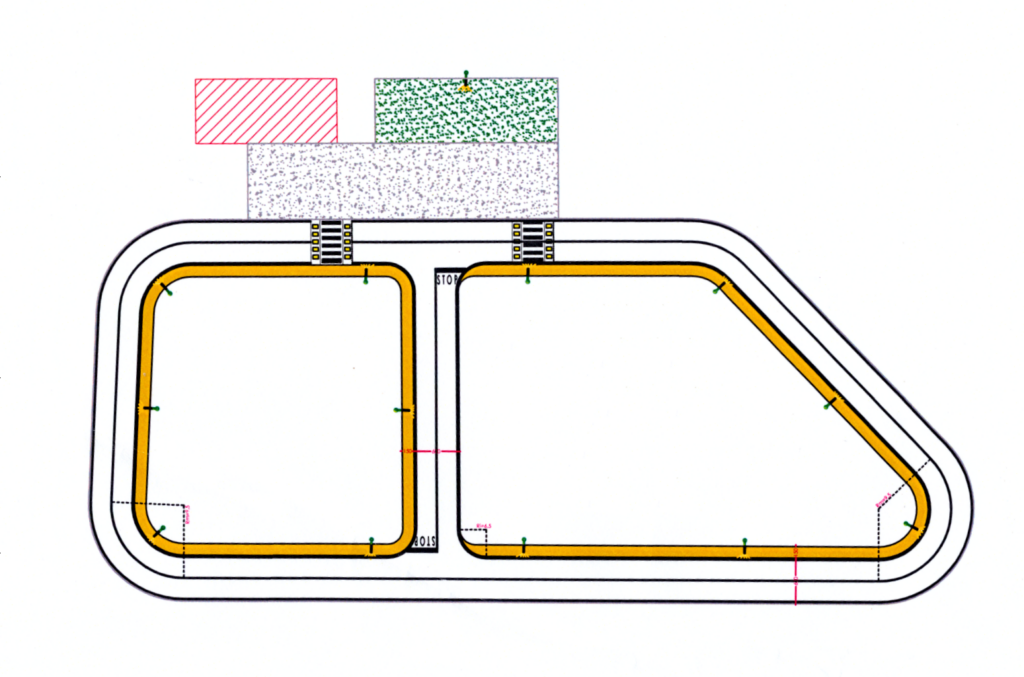
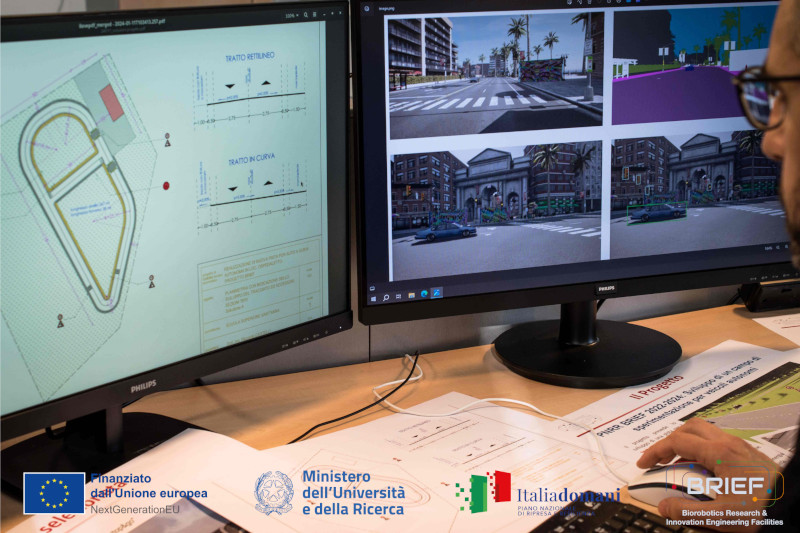
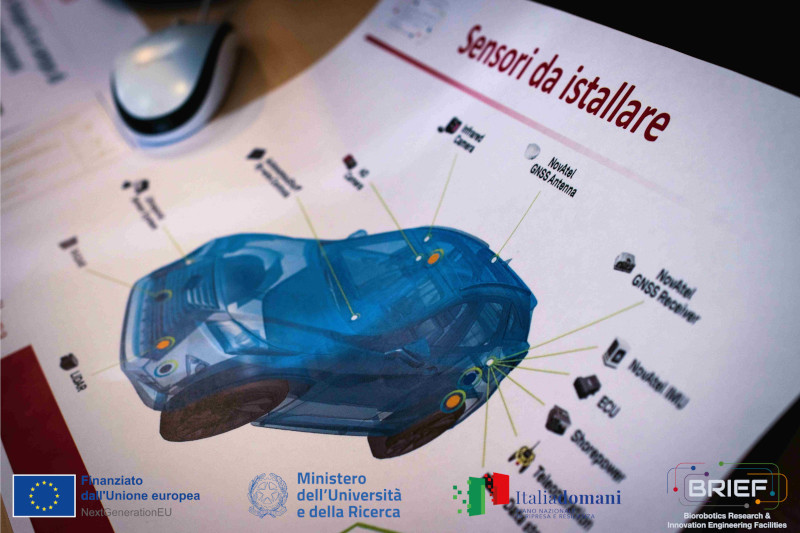
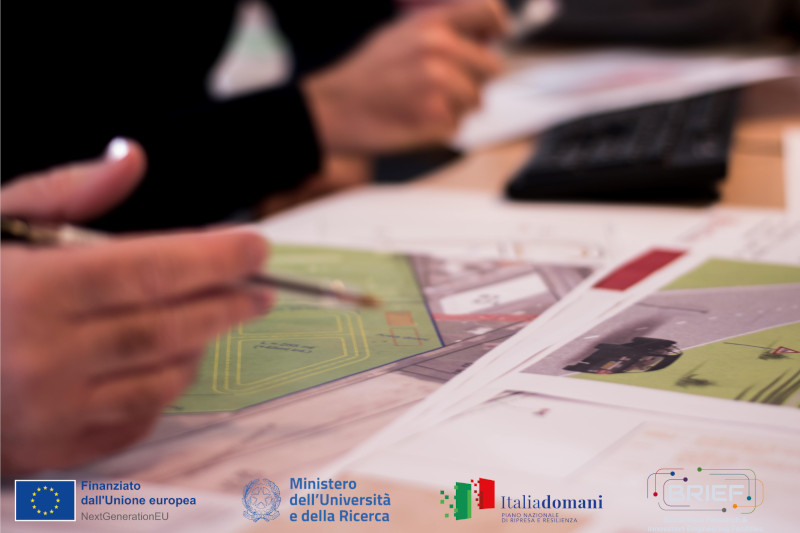
This infrastructure, unique in Italy, will be essential to validate the integration of emerging technologies, such as artificial intelligence, robotics, cybersecurity, and 5G/6G mobile radio networks, applied to autonomous driving. The project, coordinated by Giorgio Buttazzo, professor of computer engineering at the TEPIC Institute, is financially supported by PNNR funds under the BRIEF project (acronym for Biorobotics Research and Innovation Engineering Facilities), leaded by Arianna Menciassi, professor of industrial bioengineering at the Institute of BioRobotics and vice-rector of the Scuola Superiore Sant’Anna.
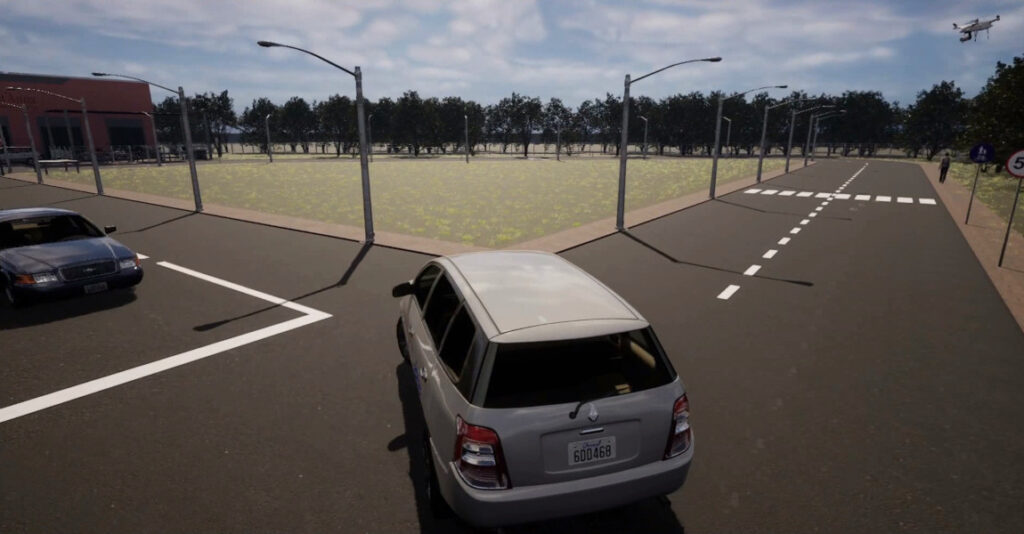
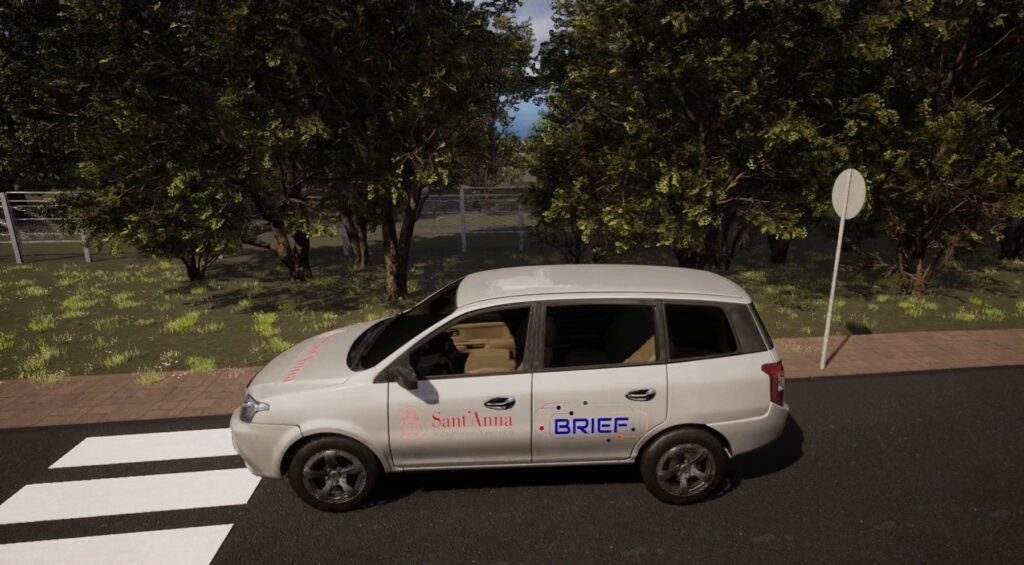
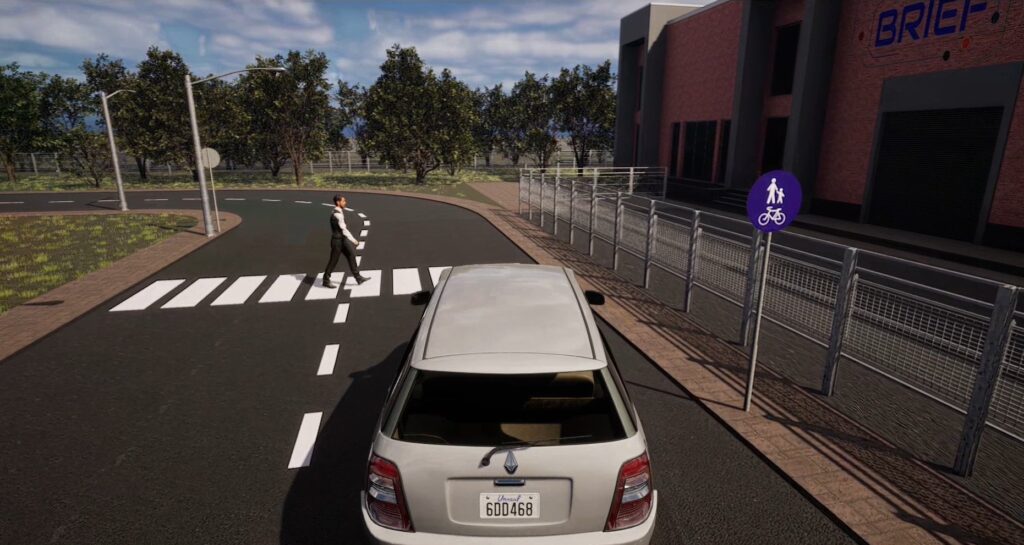
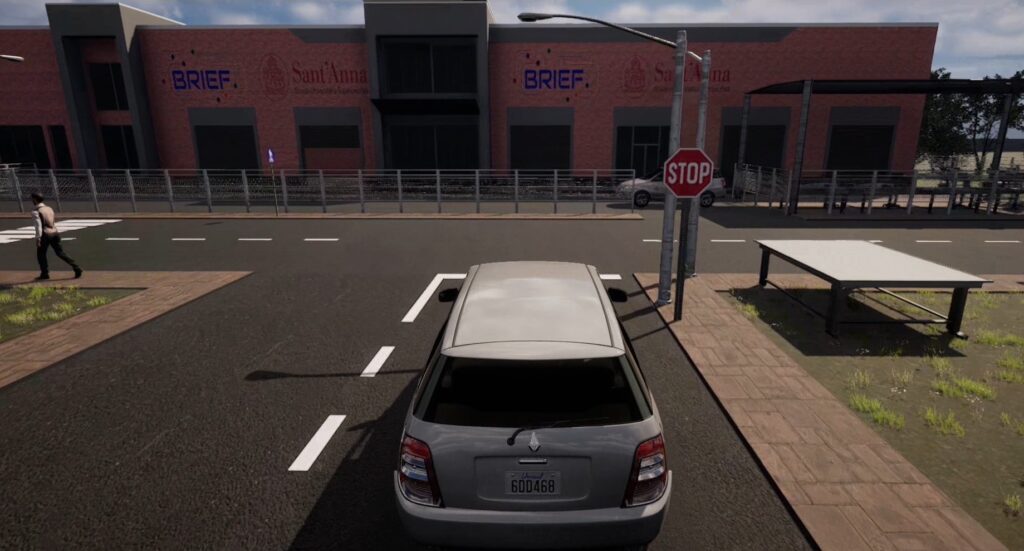
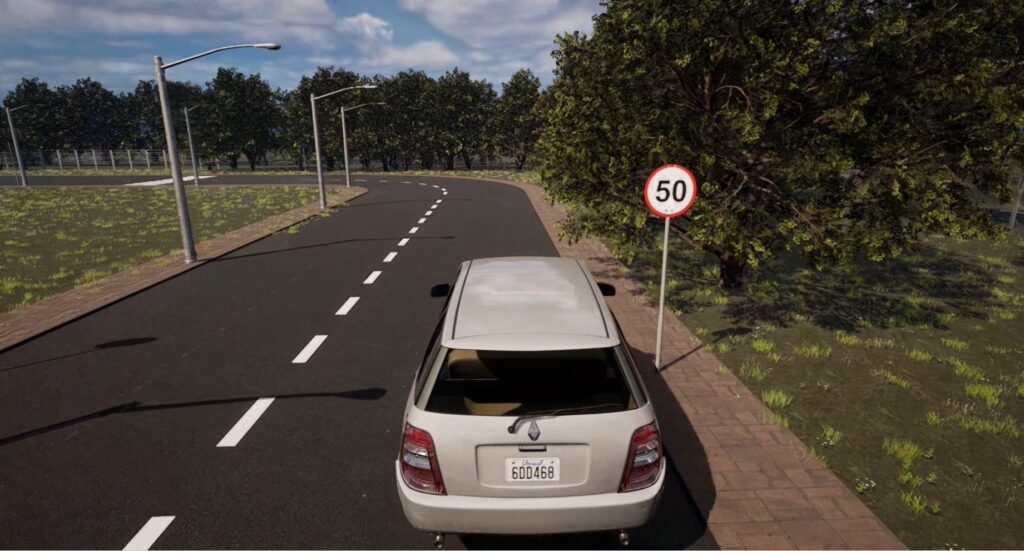
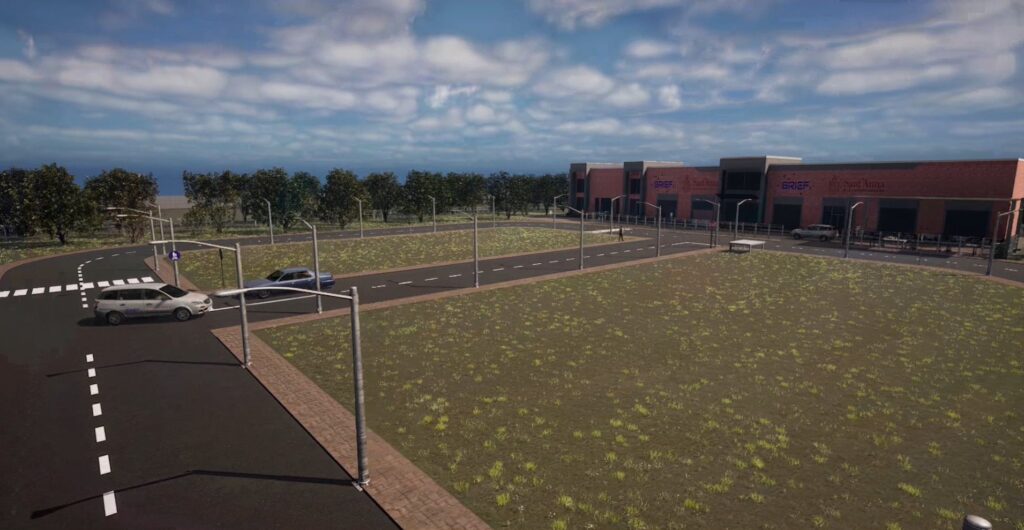
The Scuola has also purchased a new generation car that is going to be equipped with cameras, radars and LiDARs and onboard computer to be entirely controlled via software, thanks to artificial intelligence algorithms for the perception of environment and vehicle control. The autonomous driving software system will be completely open and modifiable to enable the development of frontier research algorithms.
Once completed, the infrastructure will reconstruct a realistic urban environment with intersections, traffic lights, and road signs where it will be possible to safely test autonomous vehicles for supporting the transport of people with disabilities. The area will be monitored by sensors and cameras connected to a high-speed network to evaluate the performance of the algorithms and vehicles. A building will also be available to establish a control station for the infrastructure.
